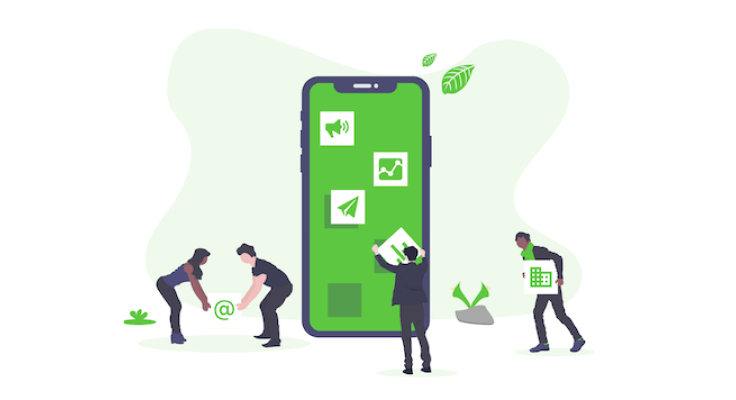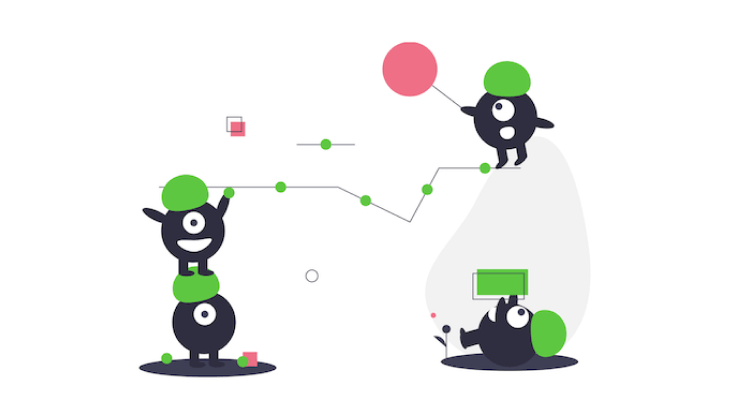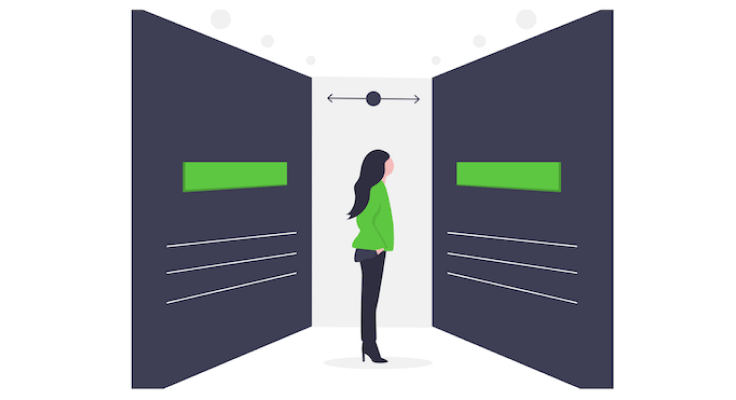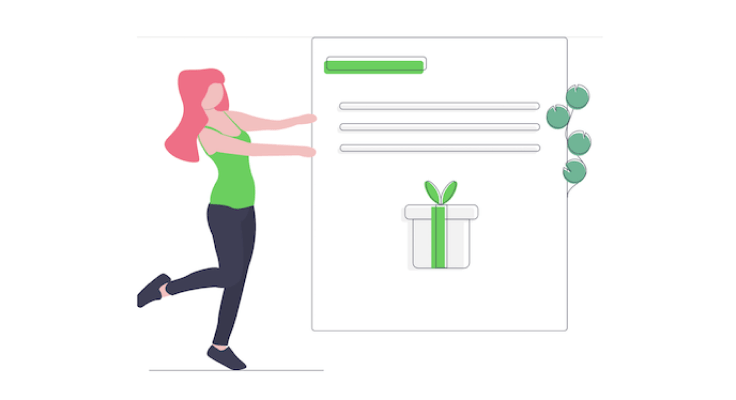In the previous article we discussed how marketing funnel concept can help you to monitor and plan your marketing campaign.
Today we will show you how to create your own marketing funnel with 5 easy steps!
Marketing funnel stages
There is no single model of the marketing funnel that every business should follow. Depending on the type of business marketing funnels vary quite a lot and might include many stages before the final marketing funnel stage is arrived at. Nevertheless, we will only focus on the most significant stages of a marketing funnel and the most widely adopted.
Let us have a look at a simple marketing funnel and its basic stages. For each marketing funnel stage, we provide examples of goals, important KPIs and useful tactics which company can apply.
Feel free to use our “Marketing Funnel Template”, which you can find at the end of this article.
Let’s have a look on how a marketing funnel stages could look like:
(Scroll down for the Marketing Funnel Template)
1. Marketing funnel stage -Awareness

In this marketing funnel stage, potential customers are not aware of the existence of your product/service. Therefore, your goal as a company is to create awareness for your business among the potential target audience.
Marketing funnel example -Awareness
- Customer Goal: Solution, In the search for new, engaging information
- Company Goal: Reach, Company awareness, Attract, Increase traffic
- Tactics: SEO, SEM, display ads, events, blog, influencers, social content, infographics, short YouTube videos
- Important KPIs to track: Visits, CTR, bounce-rate, followers
2. Marketing funnel stage -Consideration

In this marketing funnel stage, potential customers have started looking for the value that your product/service has to offer. Prospects search for answers to their questions such as: Does this solve my problem? Does it add value to me? Am I ready to pay for it?
Marketing funnel example -Consideration
A short example of the customer goals, company goals, tactics and KPIs that are frequently seen in this funnel stage.
- Company goal: Engage, improve lead conversion rate, building a relationship with prospects, Create the need for potential customers to start using your product
- Customer goal: Information, Value, Evaluation
- Tactics: Courses, newsletters, video content, templates, ebooks, webinars, white papers, testimonials, case studies, landing pages with CTAs like free templates, checklists etc.
- Important KPIs to track: Number of sign-ups, Open-rate, CTR, unsubscriptions, Time-on-site, number of downloads
3. Marketing funnel stage -Conversion

In this marketing funnel stage, the potential customers have a better understanding of your product and the value it offers. You, as a company, have established a relationship with the potential customers and have already been in contact with them discussing the various ways and tactics that have been presented above.
Marketing funnel example -Conversion
Have a look at this marketing funnel example below, that shows you what type of company goals, customer goals, tactics and KPIs are commonly applied in a Conversion funnel stage.
- Company goal: Trial sign-ups, number of paying customers, well-executed CRM
- Customer goal: Customer support, Adequate Price=Quality, Easy onboarding
- Tactics: Customer support calls, personalized emails, limited-time offers
- Important KPIs to track: CAC, customer feedback, number of active customers, reviews
4. Marketing funnel stage -Loyalty

In the loyalty stage, the main goal is to keep the customer and avoid shunning them. This can be achieved by maintaining a good relationship with the customer and keeping in good contact with them. One other important factor is upselling at this stage (i.e. more options or other products of your portfolio).
Marketing funnel example -Loyalty
Below you can find a marketing funnel example that reveals you what type of company goals, customer goals, tactics and KPIs are often applied in a Loyalty funnel stage.
- Company goal: Keep customer, happy customers
- Customer goal: Good experience with the product/service
- Tactics: Survey’s, regular updates (Mail, calls or meetings), Relationship management (i.e. Account management)
- Important KPIs to track: Activity of the customer, CTR, Net Promoter Score (NPS), reviews
5. Marketing funnel stage -Referral

In this last and very important marketing funnel stage, the customer can actually be requested to refer you to other potential customers. This is a very interesting stage, as it can help you grow your market share significantly without requiring high inbound marketing efforts. This is achieved through referrals.
Marketing funnel example -Referral
Have a look at the example below that will give you an overview of regular company goals, customer goals, tactics and KPIs in the Referral stage.
- Company goal: Number of customers growing
- Customer goal: Share experience of a good product, get a discount
- Tactics: Referral programs
- Important KPIs to track: the number of referrals, customer feedback
Note:
As you are building your marketing funnel, you should assign metrics to track each stage of the process.
Get your Marketing Funnel Template for free
We have prepared for you a free marketing funnel template that you can fill out and use it for your business.
Download your Free Marketing Funnel – Template
We wish you great success with your marketing funnel planning!
Find out more about future of marketing and the role of Ai in it!





